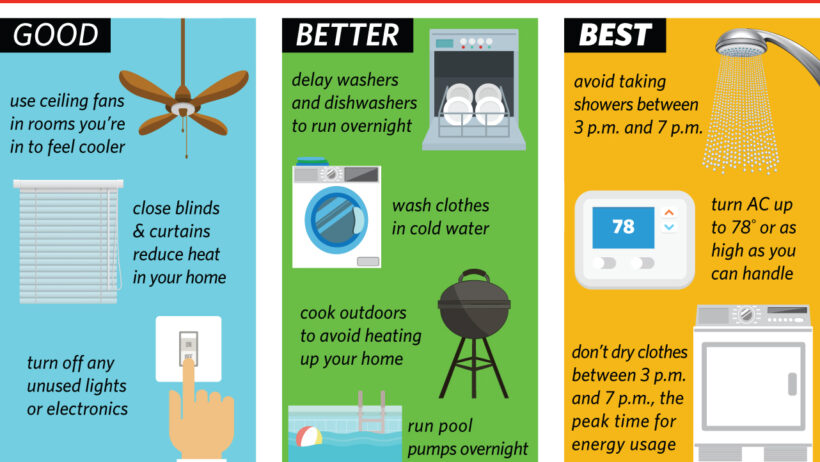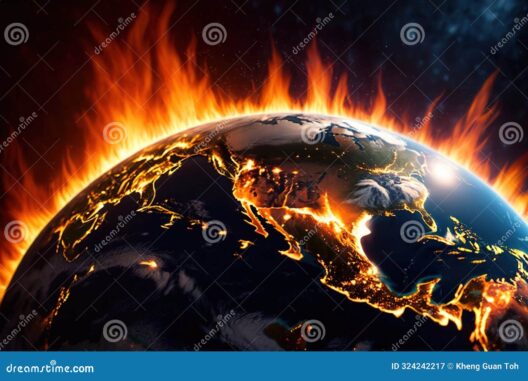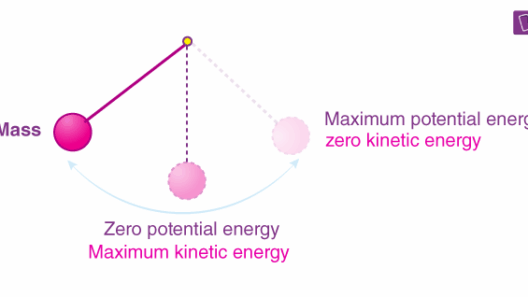Energy conservation is akin to nurturing a garden; with thoughtful, deliberate choices, we can cultivate an environment that fosters sustainability and self-reliance. As stewards of our planet, we hold the power to enact simple shifts that yield substantial savings, both economically and environmentally. Here, we shall explore ingenious, practical strategies for conserving energy that can create a ripple effect, ultimately leading to a more sustainable future.
1. The Art of Illumination
Artificial lighting often consumes a significant portion of our energy resources. Transitioning from incandescent bulbs to LED bulbs is akin to swapping a gas-guzzler for a hybrid vehicle. LEDs use up to 75% less energy and have a lifespan that far exceeds traditional bulbs. Moreover, maximizing natural light can be a transformative approach. By drawing open curtains during the day to illuminate spaces, we can minimize reliance on artificial lighting. Using light-colored walls and strategically placing mirrors can enhance this effect, offering not just energy savings but also an aesthetic uplift to interiors.
2. Appliance Efficiency: The Silent Guardians
Behind the scenes, household appliances often work tirelessly, consuming energy with little fanfare. However, their cumulative effect can be staggering. The refrigerator, for instance, is often regarded as the cornerstone of kitchen efficiency, yet many remain unaware that older models can be veritable energy sinkholes. When purchasing appliances, look for the Energy Star label, a beacon that signifies efficiency and reduced environmental impact. Moreover, regular maintenance—such as cleaning coils and ensuring seals are intact—can enhance efficiency and prolong the lifecycle of these silent guardians.
3. Unplug the Unnecessary
In our digital age, devices constantly vie for our attention, yet many remain in standby mode when not in use—a phenomenon known as “phantom load.” This energy drain is a veritable leech on our resources. By simply unplugging devices or utilizing smart power strips, one can stem the tide of wasted energy. The act of unplugging offers not just energy savings, but also instills mindfulness about our consumption habits.
4. Thermostat Tinkering: The Balancing Act
The thermostat is the conductor of your home’s energy symphony. A slight adjustment can orchestrate significant energy savings. The U.S. Department of Energy recommends setting thermostats to 68°F in winter and 78°F in summer. By embracing a programmable thermostat, one can set precise times for heating and cooling, optimizing energy usage without compromising comfort. And during milder months, innovative techniques such as utilizing ceiling fans can maintain airflow, allowing for a comfortable environment without over-reliance on climate control systems.
5. Insulating the Future
Think of your home as a vessel; without proper insulation, it can spring leaks, allowing precious energy to escape. Insulating attics, walls, and floors serves as a vital defense against energy loss. Moreover, weather stripping around doors and windows acts as a sealant against drafts, ensuring that your heating or cooling efforts are not in vain. Investing in insulation now is tantamount to fortifying your fortress against future energy costs.
6. Water Heating Wisdom
Water heating contributes to a significant chunk of household energy consumption. By inscribing a narrative of efficiency, one can make a profound difference in this area. Lowering water heater temperatures to 120°F can prevent scalding and reduce energy costs considerably. Additionally, consider the merit of tankless water heaters that heat water on demand, eradicating the need for storage tanks and their inherent energy losses.
7. Transportation Transformation
Our vehicles are a primary source of energy consumption and greenhouse gas emissions. Embracing alternative transportation methods can serve as a clarion call for change. Carpooling, utilizing public transit, biking, or walking can significantly diminish our carbon footprint. Furthermore, when purchasing vehicles, opting for fuel-efficient or electric models is akin to planting seeds for a cleaner tomorrow.
8. Advocacy and Education
Understanding energy conservation extends beyond individual actions; it involves advocacy and education. Sharing knowledge and practices in one’s community or workplace can amplify impact. Creating dialogues around energy consumption fosters a collective consciousness that prioritizes sustainability. Informing others about local resources, subsidies for energy-efficient upgrades, and community initiatives nurtures a collective ecology of responsibility.
Concluding Remarks
Each strategy discussed serves not merely as a practical measure but as a metaphorical seed planted in the soil of sustainability. The path to energy conservation requires diligence and commitment, yet the rewards are bountiful. By adopting simple shifts, we not only realize big savings but contribute to a collective future that thrives on energy efficiency and ecological balance. In the end, these choices empower us to emerge as diligent custodians of our planet, ensuring a verdant tomorrow for generations yet unborn.








